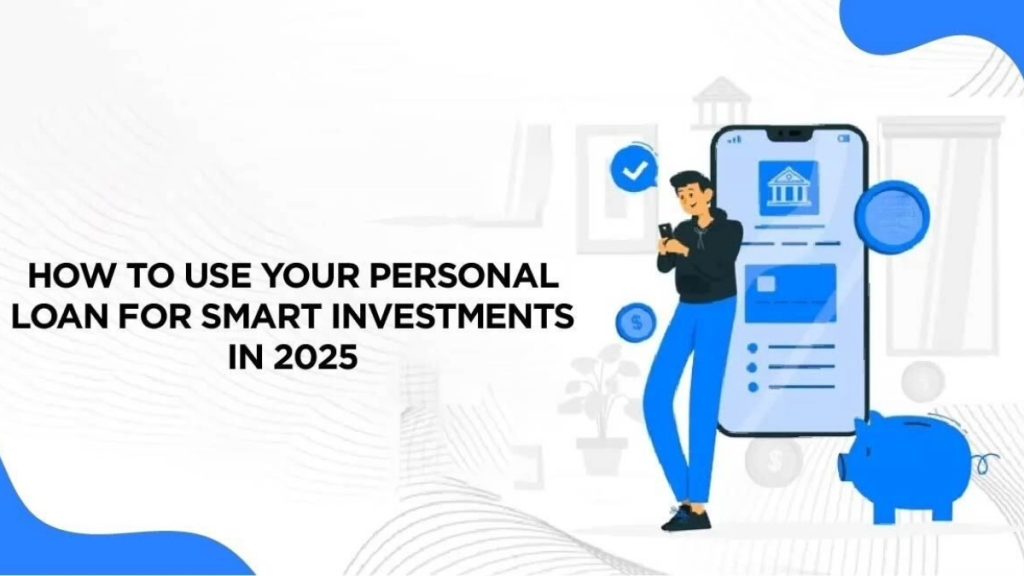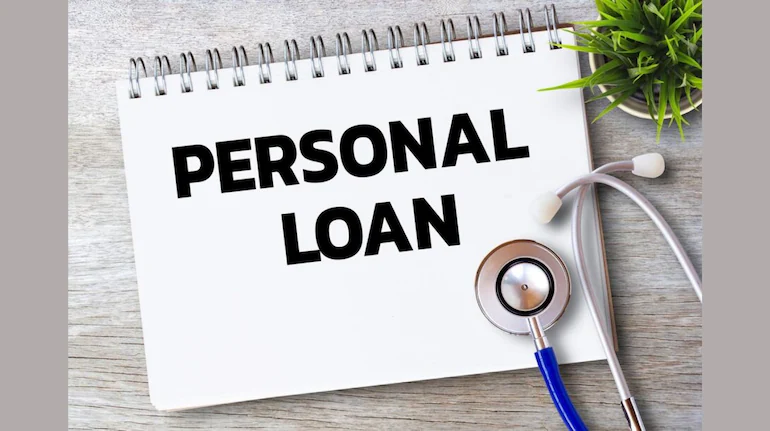Planning Your First Personal Loan in 2025: New Delhi: Applying for your first personal loan can be both exciting and overwhelming, especially if you are unfamiliar with how personal loans work. Unlike secured loans, a personal loan is an unsecured credit facility, which means you don’t need to pledge any collateral such as property or gold. This flexibility makes personal loans a popular choice for multiple purposes, including weddings, education, medical emergencies, travel, or even debt consolidation.
However, before applying, it’s crucial to understand the key factors that affect your eligibility, interest rates, and repayment burden. Borrowing smartly involves careful planning, comparison, and awareness of hidden charges. Here’s a comprehensive guide to help first-time borrowers make informed decisions in 2025.
Check Your Credit Score First
Your credit score is one of the most important factors lenders consider when approving a personal loan. This three-digit number, usually ranging from 300 to 900, reflects your repayment history and overall creditworthiness.
- Ideal Score: Lenders prefer applicants with a score of 750 or above, as it signals responsible financial behavior.
- Benefits of a High Score: A higher credit score not only increases your chances of loan approval but also helps secure a lower interest rate, reducing your monthly EMI burden.
- Improving Your Score: Check your credit report for errors, pay off outstanding dues, and maintain timely payments on existing obligations to boost your score before applying.
Taking time to verify and improve your credit score can save you a significant amount of money over the loan tenure.
Compare Interest Rates Across Lenders
Personal loan interest rates in 2025 can vary widely depending on the lender and borrower profile. Rates may range from as low as 9.99% with some private banks to over 21% with certain lenders.
- Processing Fees: Most banks charge a one-time processing fee, usually 1-2% of the loan amount.
- Prepayment Penalties: Some lenders levy charges for early repayment of the loan.
- Late Payment Charges: Missing an EMI can attract significant penalties, which increase your total repayment.
Comparing multiple offers, including both interest rates and additional fees, is critical. Always read the fine print to avoid unexpected costs.
Borrow Only What You Need
Many first-time borrowers make the mistake of opting for the maximum eligible loan amount, only to later struggle with high EMIs.
- Calculate Your Requirement: Assess your actual financial need and avoid borrowing extra for non-essential expenses.
- Repayment Capacity: Consider your current income, existing obligations, and lifestyle before deciding the loan amount.
- Loan Tenure: Align the tenure with your repayment capacity; longer tenures reduce EMIs but increase total interest, while shorter tenures increase EMIs but reduce overall interest outgo.
Understand Eligibility and Required Documents
Before applying, review the lender’s eligibility criteria and ensure you have all the necessary documents ready. Typical requirements include:
- Proof of Identity: Aadhaar, PAN card, or passport.
- Proof of Address: Utility bills, rental agreement, or voter ID.
- Income Proof: Salary slips, bank statements, or income tax returns.
- Employment Details: Employment certificate or offer letter for salaried individuals; business registration documents for self-employed applicants.
Having these documents ready can streamline the approval process and reduce delays.

Consult a Financial Advisor if Unsure
If you’re unsure about whether a personal loan is the right choice, consulting a financial advisor can be helpful. By disclosing your income, existing obligations, and future financial goals, an advisor can guide you on:
- Whether you truly need a personal loan
- The ideal loan amount and tenure
- Which lender or loan product is best suited for your needs
Professional guidance can help you avoid mistakes and ensure you make a financially sound decision.
Tips for Smart Borrowing
- Maintain a Good Credit History: Timely repayments and low outstanding debt improve your creditworthiness.
- Compare Multiple Offers: Check interest rates, fees, and flexible repayment options across banks and NBFCs.
- Read the Fine Print: Understand prepayment options, late payment charges, and hidden costs.
- Plan Your Repayment: Align EMIs with your income to avoid financial stress.
- Borrow Only for Real Needs: Avoid taking a loan for non-essential purposes to prevent debt accumulation.
Conclusion
Applying for your first personal loan in 2025 can be a smooth and financially beneficial process if you plan carefully. Start by checking your credit score, compare rates and charges across lenders, borrow responsibly, and ensure you understand all eligibility requirements.
By borrowing only what you need and aligning repayment with your financial capacity, you can avoid the stress of high EMIs and hidden costs. Additionally, consulting a financial advisor can help you make a well-informed decision tailored to your unique circumstances.
Personal loans are a versatile financial tool, and when used responsibly, they can help meet urgent expenses, achieve goals, and even consolidate debt efficiently. The key is informed borrowing, careful planning, and timely repayment.
FAQs
1. What is a personal loan and who can apply for it?
A personal loan is an unsecured loan that does not require collateral. It can be used for emergencies, education, weddings, travel, or debt consolidation. Salaried and self-employed individuals with a good credit score are generally eligible.
2. How does my credit score affect personal loan eligibility?
A higher credit score (750+) increases your chances of approval and allows you to access lower interest rates, reducing your EMI burden. Low scores may lead to higher interest rates or rejection.
3. What are hidden charges in personal loans?
Apart from interest, lenders may levy processing fees, prepayment penalties, and late payment charges. These can increase the total repayment, so comparing multiple offers and reading the fine print is essential.
4. Should I borrow the maximum eligible amount?
No. Borrow only what you actually need. Taking a higher loan can lead to high EMIs, making repayment difficult. Calculate your requirements and align the loan amount with your financial capacity.
5. Is it advisable to consult a financial advisor before taking a personal loan?
Yes. A financial advisor can help you assess your needs, repayment capacity, and the most suitable loan product, ensuring informed and responsible borrowing.

2 thoughts on “Planning Your First Personal Loan in 2025? Here’s How to Borrow Smart”